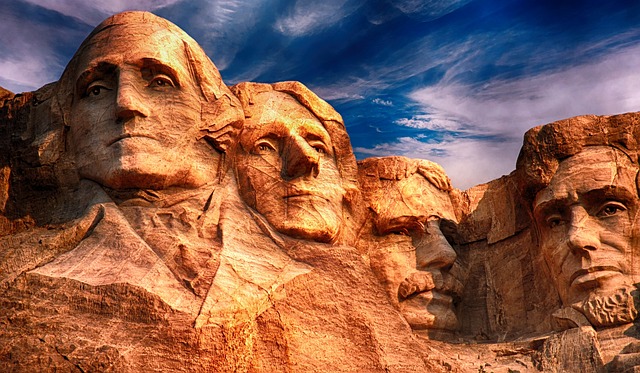The American Eagle on the United States flag is a powerful symbol that encapsulates the nation's commitment to liberty, justice, and unity. Its presence on the flag signifies aspiration, resilience, and the pursuit of excellence, reflecting America's historical journey and its indomitable spirit. The eagle's clutched arrows represent defense readiness while the olive branch symbolizes peace, highlighting the country's dual commitments. Each feather, from the white head and tail to the golden body, carries symbolic significance, signifying purity of purpose and abundance. As a living emblem, the American Eagle has evolved over time alongside the flag, adapting to the addition of new states and reflecting the enduring values of independence and self-governance established in 1776 with the Great Seal. The stars above the eagle signify the 13 original colonies, while the 13 stripes honor the courage of the founders. This iconic national emblem continues to be a universal symbol of American values and identity, fostering pride and unity across generations.
The eagle, a majestic avian long revered for its strength and freedom, and the flag, with its vibrant stars and stripes, are quintessential symbols of the United States. These icons not only represent the nation’s heritage but also encapsulate the collective values and aspirations of its people. This article delves into the rich tapestry of meanings woven into the American Eagle and the flag, exploring their historical significance, cultural relevance, and enduring symbolism in contemporary society. From their origins to their roles in unifying diverse communities, understand the profound impact these emblems have had on American identity over time.
- The Symbolism of the American Eagle: A Flight Through History
- – Origins and Historical Significance of the American Eagle Emblem
The Symbolism of the American Eagle: A Flight Through History

The American Eagle, a timeless emblem of strength and freedom, has long been interwoven into the fabric of United States heritage. Its image on the nation’s flag is synonymous with the ideals upon which America was founded: liberty, justice, and unity. This powerful symbol traces its roots back to ancient mythologies and heraldry, evolving over time to represent the young nation’s aspirations for sovereignty and resilience. The eagle’s soaring flight in the flag’s upper left quadrant speaks to the country’s aspiration to rise above adversity, its gaze fixed on a distant horizon that symbolizes the future and the pursuit of greatness.
Throughout history, the American Eagle has become more than just a national icon; it is a testament to the enduring spirit of the American people. The bird’s talons clutched arrows and an olive branch, signifying the nation’s readiness for conflict as well as its commitment to peace. Each element of the eagle’s depiction on the flag carries significance: the white head and tail represent the purity of America’s ideals, while the golden body and brown head symbolize the country’s agricultural wealth and natural resources. The flag with the American Eagle thus becomes a living chronicle of U.S. history and identity, a beacon that guides the nation through the winds of change.
– Origins and Historical Significance of the American Eagle Emblem

The American Eagle, a powerful symbol gracing the national emblem, is deeply rooted in the history and cultural identity of the United States. Its origins date back to the Great Seal of the United States, adopted by the Second Continental Congress in 1776, shortly after the Declaration of Independence was signed. The eagle, a creature of strength and freedom, represents the federal government’s power and ability to protect and maintain order. With its head facing toward the olive branch, which symbolizes peace, and its talons holding arrows and an olive branch, the eagle epitomizes the nation’s readiness for both war and peace. The 13 stars above it represent the original colonies that revolted against British rule, highlighting a commitment to independence and self-governance. This emblem, featuring the American Eagle and framed by the flag’s stripes and stars, has been a visual testament to the country’s founding principles for over two centuries.
The flag, often depicted alongside the eagle, carries its own historical weight. The design of the flag has evolved since its first official version in 1777, with the number of stars changing as new states joined the Union. Each star added to the blue field represents a state within this diverse nation, symbolizing unity and collective purpose. The red and white stripes stand for the original 13 colonies and serve as a reminder of the valor and determination of those who fought for American independence. Together with the eagle, the flag has become a universal icon of American heritage, reflecting the nation’s values and aspirations on the global stage. Both symbols, individually and together, continue to inspire and unite Americans across generations in their shared identity and national pride.
